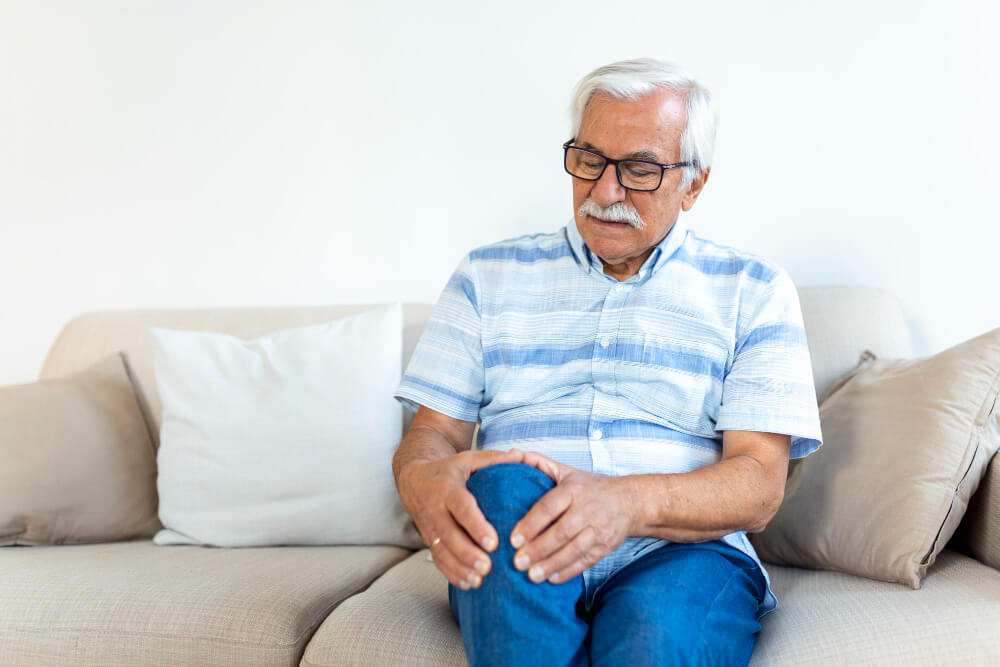Living with Osteoarthritis: Symptoms, Management, and Finding Relief
Osteoarthritis (OA), often referred to as “wear-and-tear” arthritis, is the most common chronic joint condition, affecting millions of people worldwide. It occurs when the protective cartilage that cushions your joints gradually breaks down, causing pain, stiffness, and reduced mobility. While there’s no cure for OA, there are numerous treatment options and management strategies to help you live a fulfilling and active life. This comprehensive guide delves deep into the world of osteoarthritis, empowering you with knowledge and practical tools.
Understanding Osteoarthritis: The Basics
What Happens in OA?
Your joints are where two bones meet, lined with smooth, elastic cartilage that acts as a shock absorber and allows for frictionless movement. In OA, this cartilage degenerates over time, exposing the underlying bone. This can lead to inflammation, bone spurs (bony growths), and changes in the joint shape, ultimately causing pain and limitation.
Who is at Risk?
While age is a significant factor, OA can affect individuals of all ages. Risk factors include:
- Age: The risk of OA increases as we age, with most cases occurring in individuals over 40.
- Previous joint injuries: Injuries can damage cartilage and increase the risk of developing OA later in life.
- Obesity: Excess weight puts additional stress on the joints, particularly weight-bearing joints like knees and hips.
- Genetics: Some people have a genetic predisposition to developing OA.
- Repetitive joint use: Certain occupations or activities that involve repetitive strain on specific joints can increase the risk.
Common Symptoms of OA
Osteoarthritis symptoms can vary depending on the affected joint and its severity. Common signs include:
- Joint pain: This is the most common symptom, often worse with activity and improving with rest.
- Stiffness: Joints may feel stiff, particularly in the morning or after periods of inactivity.
- Reduced range of motion: Moving the affected joint may become more difficult and limited.
- Swelling: Inflammation can cause joints to appear swollen and tender.
- Grating or popping sounds: The bones rubbing against each other can create audible sensations.
Diagnosing OA
Diagnosing OA usually involves a combination of:
- Physical examination: Your doctor will assess your joint for pain, tenderness, swelling, and range of motion.
- Medical history: Discussing your symptoms, risk factors, and previous injuries can provide valuable clues.
- Imaging tests: X-rays can show bone changes, while MRI scans may reveal cartilage damage and inflammation.
The Impact of OA
OA can significantly impact your physical and emotional well-being, hindering your ability to perform daily activities, work, and participate in hobbies. It can also lead to feelings of isolation, frustration, and depression. Early diagnosis and proactive management are crucial to minimize these impacts and maintain a good quality of life.
Managing Osteoarthritis: Embracing a Multifaceted Approach (H2)
While there’s no cure for OA, various treatment options aim to manage pain, improve joint function, and slow disease progression. Remember, every individual responds differently, and treatment plans should be personalized based on your unique needs and preferences.
Non-Pharmacological Interventions
These strategies don’t involve medication and often serve as the first line of defense:
- Weight management: Losing even a small amount of weight can significantly reduce stress on weight-bearing joints.
- Exercise: Regular physical activity strengthens muscles around the joint, improves flexibility, and reduces pain.
- Physical therapy: A therapist can design a personalized exercise program to address your specific needs and limitations.
- Assistive devices: Canes, walkers, or joint braces can provide support and stability, reducing strain on affected joints.
- Heat and cold therapy: Applying heat packs or ice packs can help manage pain and inflammation.
- Dietary changes: Certain foods may support joint health, while others can worsen inflammation. Discuss dietary modifications with your doctor or a registered dietitian.
Medications
Several medications can help manage OA symptoms:
- Pain relievers: Over-the-counter options like acetaminophen or ibuprofen can help manage mild pain.
- Nonsteroidal anti-inflammatory drugs (NSAIDs): Prescription NSAIDs like celecoxib or naproxen offer stronger pain relief and reduce inflammation. However, they can have side effects like stomach upset or bleeding, so be mindful of dosage and consult your doctor.
- Topical pain relievers: Creams, gels.


